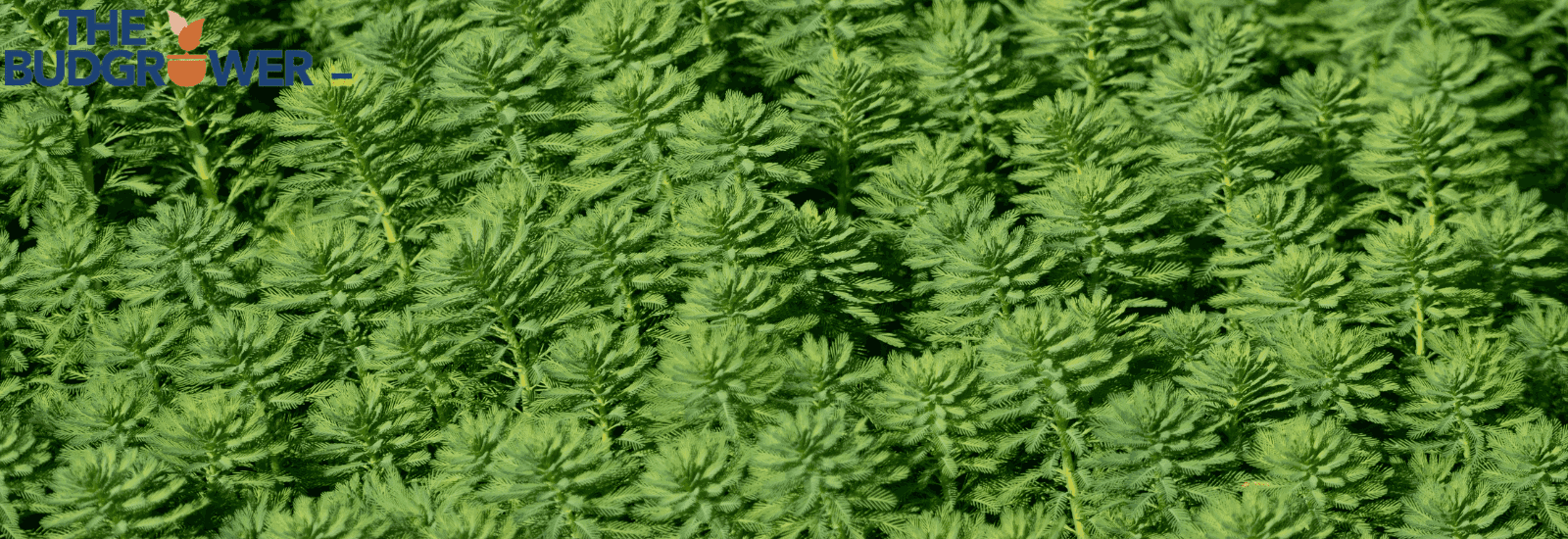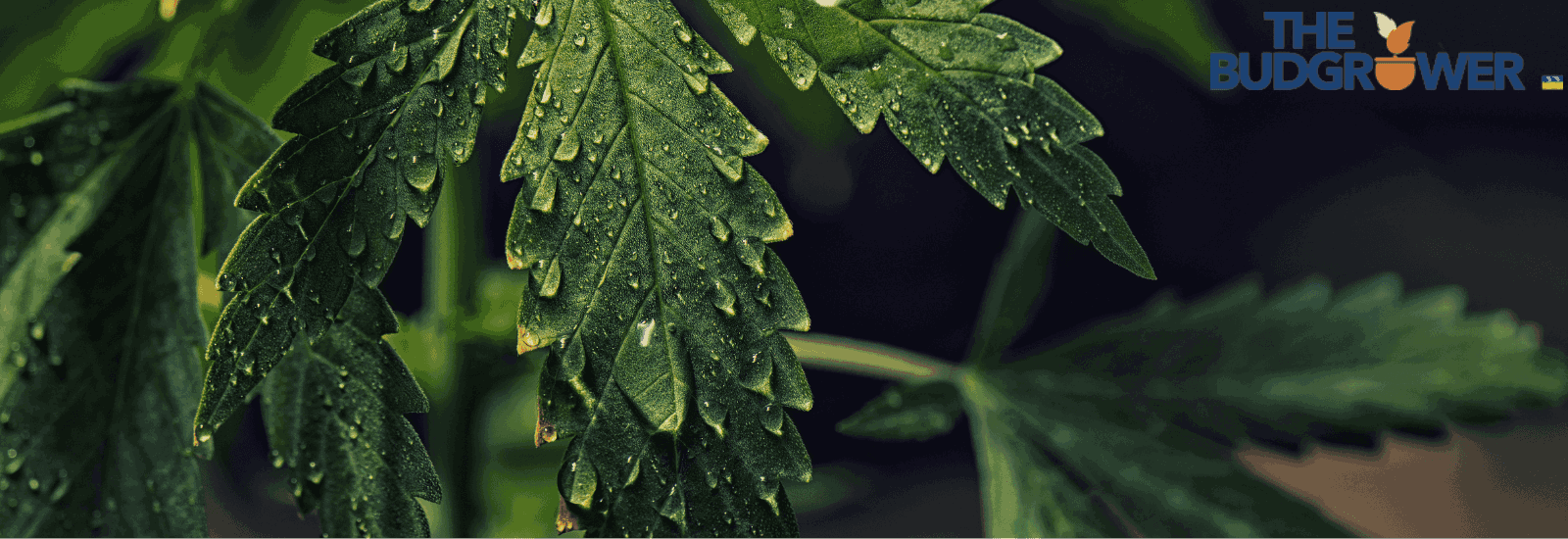What happens if you overwater weed? Excess water that gets into the soil displaces oxygen, causing the roots to suffocate. Root rot is dangerous because it impedes oxygen and nutrient intake. This brief guide explains the hazards of overwatering weed plants and the steps to revive your crop.
Cannabis Overwatering Causes
1. Excessive Level of Water
The use of excessive water can lead to overwatering. It makes the soil wet, and the extra water is drained.
2. Inaccurate Container Size
The use of small containers is good. The large-sized container occupies more water, which results in more moisturizer and overwatering.
3. Poor Drainage
Poor drainage can lead to excessive water, preventing suffocated roots and waterlogged soil.
Cannabis Overwatering Signs
What Does Overwatering Weed Look Like?
1. Droopy Leaves That are Saturated
Water molecules in the leaves facilitate transpiration and photosynthesis. Excess hydration causes an increase in water molecules that add weight to the leaves. It’s stressful for the plant since only so much water can evaporate through transpiration.
2. Leaves Falling Off Without Wilting
Overwatered weed plants can shed off leaves without wilting due to the excess water molecules that cause drooping. In addition to absorbing water through the roots, the wet soil contributes to increased humidity inside the grow tent.
3. Leaves Curling and Yellowing
Overwatering weed plants suffocate the roots because they cannot breathe fully submerged. That’s why growers who cultivate hydroponics use dry coco medium to support the roots for oxygen intake and enrich the water using air stones.
Roots that are struggling to survive shift their priority to oxygen intake rather than nutrients. This reaction causes iron, potassium, and phosphorous deficiencies. You’ll notice brown spots and the yellowing of leaves occurring from top to bottom.
4. Stunted Growth
This happens due to nutrient deficiency and the reduced rate of photosynthesis. The new branches that grow during this crisis are mainly stunted and weak. Overwatering cannabis plants during the flowering stage is detrimental to yields because it minimizes the development of bud sites.
5. Wet Soil
The sure way to identify overwatered cannabis plants is by inspecting the soil. A mushy appearance and texture indicate that the growing pot is clogged from top to bottom. You can also do a quick test using a soil moisture meter to check the presence of water saturation deep in the growing pot.

Can Overwatered Weed Plants Recover?
There’s a high chance of reversing the effects of overwatering if it occurs within five days or less. The first step is transplanting the affected crops to dry soil to provide oxygen to the roots. Transplanting also promotes the emergence of new root hairs to replace those damaged by excess water.
The situation, however, becomes grim if overwatering takes place for more than a week. The cannabis plant has slim to no chances of survival due to massive root rot. Despite plant recovery, the yields will be drastically less compared to a healthy plant due to malnutrition and stunted growth.
How Do I Fix Overwatering?
1. Let the Soil Dry for 2-3 Days for Plants Nearing Blooming
Transplanting cannabis plants that are about to bloom is quite risky because the plant can experience shock and die. The best solution is to remove the plant and place it under direct sunlight for a few hours daily to evaporate the excess water.
2. Recharge the Soil with Nutrients
Nutrients such as Calcium and Phosphorus are vital for cannabis plants in a vegetative state because they enable cells to transport nutrients and develop new foliage. These minerals are water soluble and pushed toward the bottom of the grow pot when overwatering occurs. Unfortunately, the nutrients disappear as the excess water drains from the soil.
After drying the soil, the next step is adding vegging or blooming nutrients to restore fertility. It might take a week or two to notice an improvement in the crop’s appearance.
3. Add a Microbial Mix To the Soil
Microbes are small organisms that exist in the soil, and they benefit plants by making nutrients easily accessible to the roots for absorption. A microbial mix nurtures the growth of microbes inside the soil to maximize nutrient intake for the development of healthy plants.

Can I Water Cannabis Plants to Runoff?
Runoff is the water drains at the bottom of your grow pot, and it’s used to test the pH and the types and levels of nutrients accessible to the roots.
How Do You Do a Runoff Test?
The requirements for this process are:
- A five-gallon bucket of dechlorinated water at neutral pH
- An empty five-gallon bucket
- pH pen
- PPM pen
- 30-ounce jug
- Cordless drill
- An assistant for holding the grow pot
- The cordless drill creates drainage holes at the bottom of plastic grow pots. You won’t require one if your weed is growing inside fabric pots.
- With the help of your assistant, lift and hold the growing pot above the empty five-gallon bucket. Next, use the 30-ounce jug to water the soil continuously.
- Continue with step two until you notice water draining from the base of your grow pot. Stop watering the soil and let the brown water accumulate inside the bucket.
- Next, expose your plant to direct sunlight for a few hours for two to three days to evaporate the excess water. While the plant is drying, take samples using the 30-ounce jug for testing using your pH pen. The PPM pen enables growers to identify either excess or insufficient nutrients in the soil.
How Much Water Do You Need to Flush Weed?
Flushing is usually performed late into the flowering stage to ensure the harvest is safe for human consumption. It’s done by denying the plants nutrients and instead feeding them with dechlorinated neutral pH water for 7-10 days.
The best time to start flushing is when the trichomes on the buds turn cloudy. Successful flushing occurs when the fan leaves turn yellow due to the plant exhausting nutrients in storage. Plants grown in supersoil don’t require flushing.
How to Water Cannabis Grown in Super Soil?
Super soil is enriched with beneficial bacteria that break down nutrients, making them easily accessible for the roots to absorb. It also contains a wide variety of organic minerals in sufficient quantities to sustain crops from seedlings to harvest.
Experts recommend watering using 10% of the pot’s volume. A vegging plant growing in a five-gallon pot requires half a gallon of water every two days. Flowering plants, however, may require daily water intake.
Final Thoughts
Prevention is the best solution to avoiding the difficulty of reviving overwatered cannabis plants. Expert growers recommend growing journals because the information is reliable to ensure that plants get adequate water until harvest. Regularly checking water levels using a soil moisture meter is also a good idea.






